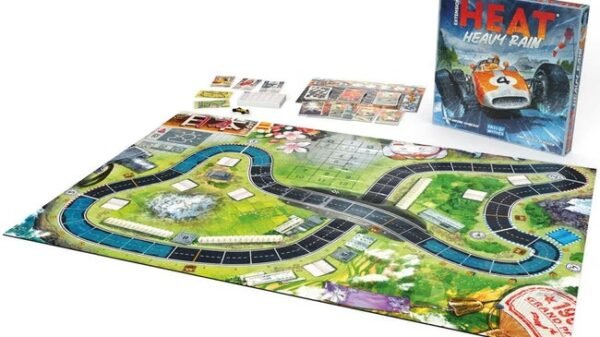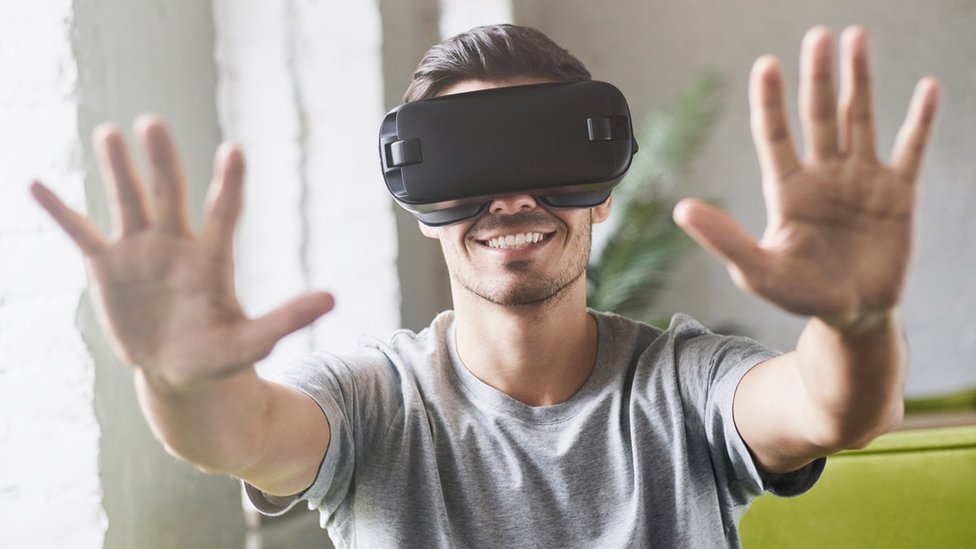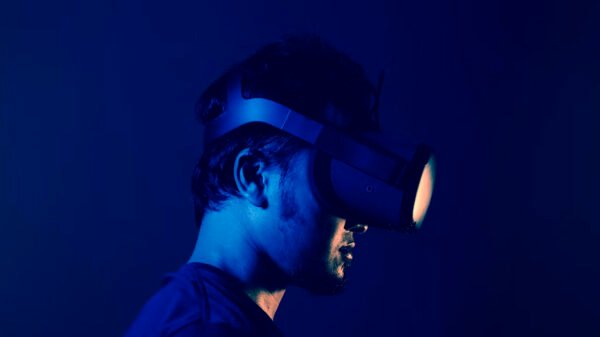The image display of VR headsets isn’t always perfect. Sometimes there’s some blurriness; not what you typically see on modern, flat displays. When you consider the top-end displays (microLED and OLEDs) they really are helping these devices reach a point where our human eye cannot tell the limits to this technology. Of course, the same can be said for tablets and high-end phones too. Most of these displays are improving so much that you might even forget you’re looking at a screen to begin with.
The displays of VR technology are still improving to reach that point. Virtual Reality is definitely a complete, immersive experience. If you were to start picking apart what exactly it is your eye actually sees, you’ll notice a variety of problems.
The technology for VR displays continues to enhance and get better.
Why Is It A Struggle To Improve VR Display Quality?
If you ever ‘really thought’ about a virtual reality headset and just what it is, you’re likely amazed at how far we have come for this to become a reality.
Inside the device, there is at least one flat panel display, and it’s set close to your eyes; a few cm. Now, two sophisticated lenses sit between the display and your eyes. These lenses must bend, squash and magnify the image you see, in order for it to wrap around your FOV.
While the image is distorted and manipulated so that it results in an immersive view, there’s no way not to lose some of the base visual fidelity during this time. That doesn’t even include the display’s basic limitations. And this might actually work great and look awesome if used in a phone, but the VR’s headset environment visually starts to break down.
Now let’s look at the ways the VR headset display falls short.
- The most common imperfection; screen door effect. What does this mean? It means that at all times there’s this visible fine grid over the image. The cause for this is the tiny, miniscule even, gaps that are present between each pixel’s lit portions. The effect becomes easier to notice because the lenses magnify the image. Of course, the fact that your eye is actually very close to the screen doesn’t help.
- Another imperfection is cloudiness. This is the result of an inconsistency of the brightness and color of the adjacent pixels. Currently, this problem seems to affect OLED screens more so than the LCD ones. Of course, OLEDs are widely used due to the many other desirable aspects a headset offers.
- Lastly, we have the problem of ‘aliasing’ which is more of a stair-step effect. This issue mainly affects the diagonal lines. The total resolution and pixel density relates to this problem. Many rendered images are anti-aliased using a software technique. This is done due to the native resolution of the image.
Retina Display Defined
Apple actually coined and trademarked the term and “Retina” VR display is quite the concept. This term has become quite common when the human eye cannot resolve the picture elements on the screen. So, what makes it “retina”? When it’s around the 300 pixels-per-inch point. This is the term Apple uses regarding their tablets and phones when each pixel is not seen at normal viewing distances.
In regards to a virtual reality headset, however, that measure becomes pixels per degree, rather than pixel per inch. So, what might be considered a retina VR headset? That’s hard to say; the jury is still out. I have come across some that believe 60 pixels-per-degree is when the human eye cannot resolve the elements of the picture.
So, the way this is achieved, is in two ways for this particular instance. The first way is by increasing the density of pixels of your display. This reduces the aliasing and screen door effect also. The second way is reducing the field of view, which would mean the available pixels are spread out over a smaller arc.
It’s not exactly easy to achieve such a high pixel display. It is difficult, costly and brings about many technical challenges. But there’s no doubt it will be achieved.
The Best Clarity VR Headsets
The HTC Vive headset has seven horizontal PPD. The Valve Index VR headset has around 13. The Quest2 has around 20 PPD, and the HP Reverb H2 has 22 PPD as does the Pimax 8K.
VR Image Quality In The Future
So, just how long before we see headsets reach the PPD numbers to exceed the magic retina figure? It’s likely getting close and for a few reasons.
Japan Display Inc issued a press release in February 2020 announcing a VR LCD display. This display features 1059 pixels per inch. The display was also designed from the very start to finish, rather than repurposing a smartphone panel.
Of course, micro-LEDs are also set to compete with OLED displays, eventually replacing them as we see new approaches and developments with display technology. Of course, this replacement isn’t very surprising. The pixel densities of the microLED displays really are quite insane. Mojo Vision actually created an experimental microLED panel that had 14,000 pixels per inch…!
The display itself wasn’t even very large across; 0.48mm. This fact alone just shows how much room there is to manipulate and play around with future displays’ pixel density.
It likely won’t be too long before we start seeing higher PPD numbers on these VR displays. In about 5 years of VR development, the PPD numbers doubled. Therefore, its likely going to double (if not triple) in another 5 years which could bring about a ‘retina’ headset or damn near close.




























































